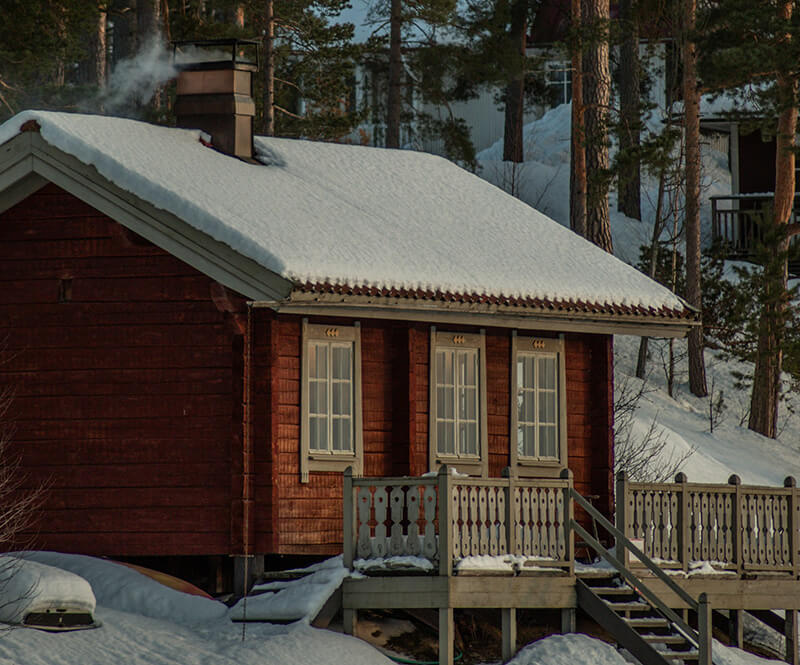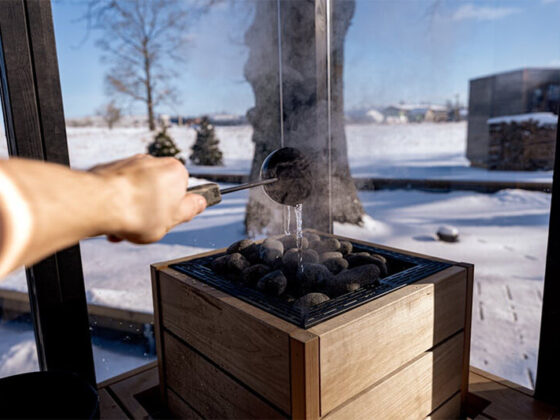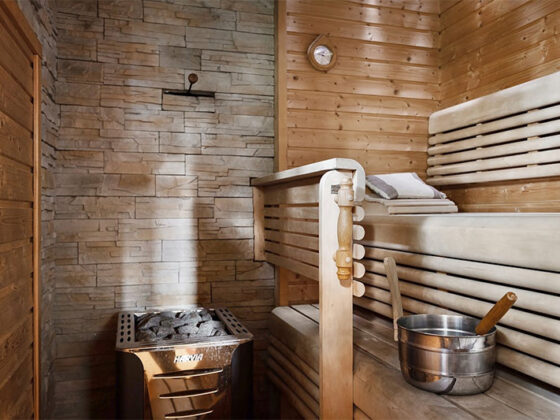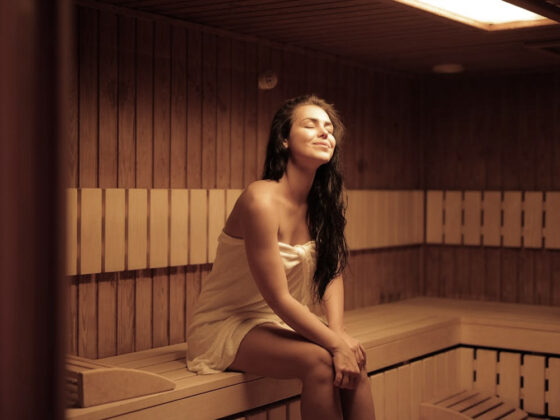As centuries passed, Finland transformed. The loose collections of tribes gave way to a nation caught between the powers of Sweden and Russia. Towns grew, trade routes expanded, and society modernized. Throughout these turbulent changes, the sauna didn’t just survive; it adapted, solidifying its place as a cornerstone of Finnish identity.
A Chimney Changes Everything
While the traditional savusauna (smoke sauna) held its romantic and historical appeal, a major technological leap revolutionized the experience: the chimney. The addition of a metal stove with a chimney, which became more common in the early 20th century, allowed for continuous heating.
This innovation was a game-changer. No longer did bathers have to wait for the smoke to clear. The sauna could be heated more quickly and kept warm for longer periods. It was also “cleaner,” without the soot-covered walls of the savusauna. This new, more convenient design made the sauna even more integral to daily life, especially as Finland began to industrialize. The sauna was no longer just for the weekly bath but could be ready whenever needed.
The Rise of the Public Sauna
As Finns moved from rural farmsteads to burgeoning cities, they couldn’t always bring their private saunas with them. This led to the golden age of the public sauna (yleinen sauna). These establishments became vital social institutions in urban centers.
They were melting pots where people from all walks of life—factory workers, businessmen, artists—could gather. In the democratic heat, social statuses were left in the locker room with the clothes. Here, news was exchanged, business deals were made, and community bonds were strengthened. The public sauna was the city’s living room, a place of social connection and shared ritual.
A Symbol of Sisu and Identity
The sauna’s role was perhaps never more critical than during times of conflict. Throughout the wars of the 20th century, including the brutal Winter War (1939-1940), the sauna was indispensable. Mobile tent saunas were erected near the front lines, providing soldiers with a vital moment of physical and mental relief. It was a place to wash away the grime of battle, delouse clothing to prevent disease, and tend to wounds.
More importantly, it was a profound morale booster—a tangible piece of home and a reminder of the culture they were fighting to protect. The sauna became synonymous with Finnish sisu—that uniquely Finnish concept of stoic determination, resilience, and courage in the face of adversity. In the sauna, a soldier could briefly restore his humanity before returning to the front.
As Finland navigated its path to independence and forged its national identity, the sauna stood as a powerful, unifying symbol—a tradition that connected the modern Finn to their ancient roots, no matter where they lived.




